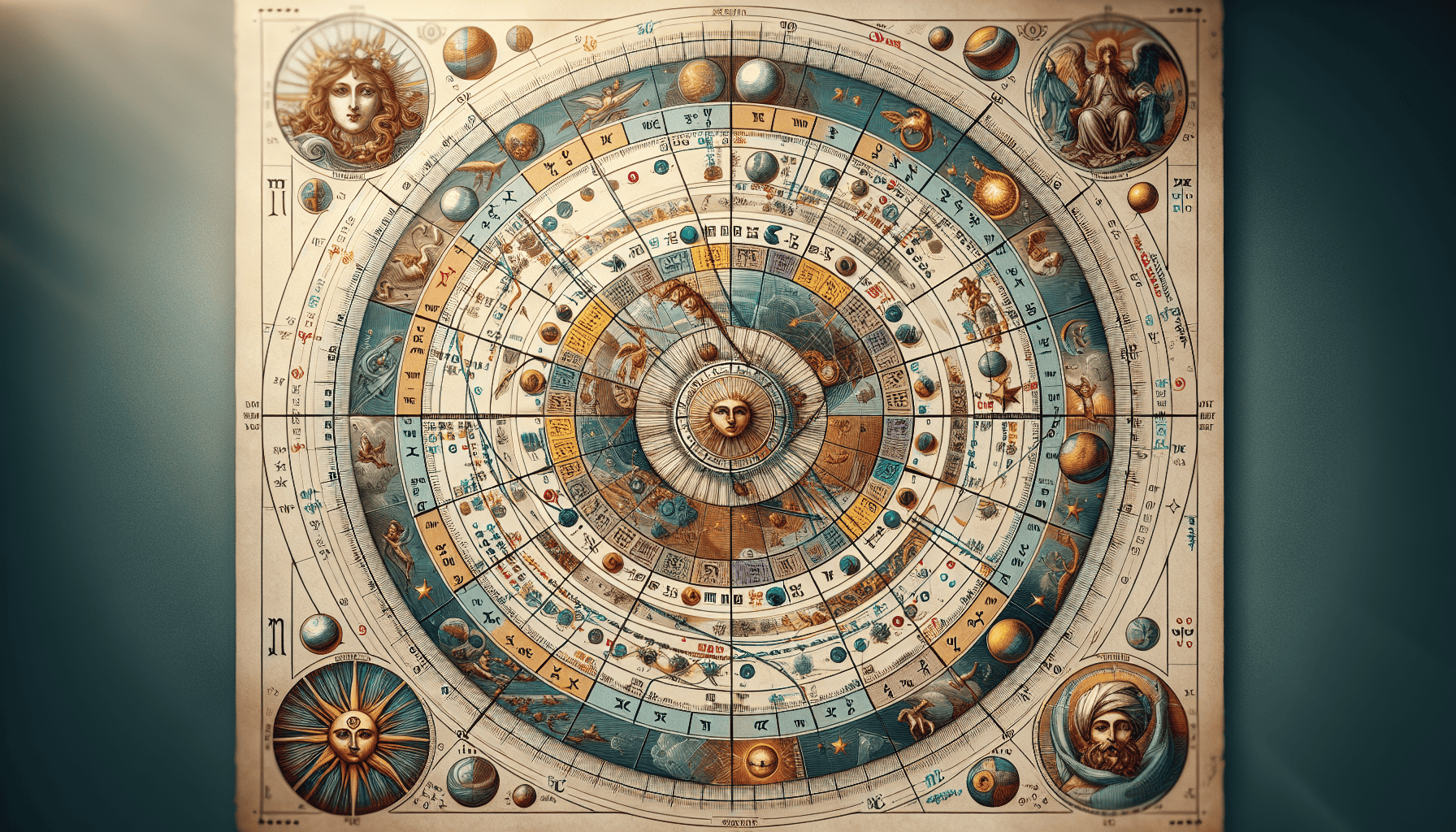A natal chart, also known as a birth chart, serves as a celestial blueprint of the sky at the exact moment and location of one's birth. This cosmic document offers a comprehensive overview of an individual's personality traits, emotional tendencies, interpersonal dynamics, and life path potentials. By analyzing a natal chart, individuals can embark on a transformative journey towards self-awareness and personal growth.
At the heart of natal chart analysis are the positions of the planets in the various zodiac signs and houses at the time of one's birth. Each planet represents different aspects of life and personality. For instance, the Sun signifies one's core identity and life force, the Moon governs emotions and intuitive nature, while Venus overseen relationships and values. By examining these planetary placements and their interactions, one begins to unfurl the intricacies of their personality.
The zodiac signs add another layer of depth to the analysis. Each sign brings distinct characteristics, qualities, and energies. For example, Aries is known for its fiery drive and pioneering spirit; Taurus, for a grounded and steady nature; and Gemini, for its communicative and adaptable traits. The planets within these signs express their energies in ways unique to the individual. A Sun in Leo person might display confidence and leadership, while a Moon in Cancer individual might be nurturing and sensitive.
Equally important are the twelve astrological houses, each representing different areas of life, such as self-identity, resources, communication, home environment, and career. The placement of planets in these houses indicates where specific energies are most likely to manifest in one's life. For example, a concentration of planets in the seventh house may point to a life heavily influenced by partnerships and relationships, whereas planets in the tenth house could indicate a strong focus on career and public life.
As one delves deeper into the natal chart, the aspects—angular relationships between planets—come into focus. These aspects signify the dynamic, often complex, interactions between different parts of the individual’s personality. Harmonious aspects, such as trines and sextiles, suggest areas of innate talent and ease, while challenging aspects, like squares and oppositions, may indicate internal conflicts or growth opportunities.
Understanding these components within a natal chart ultimately aids in recognizing inherent strengths and areas for development. It offers insights on how to harness one's potential and address challenges constructively. In this sense, natal chart analysis acts as a roadmap for personal evolution, encouraging one to live more authentically and align with their true self.
Moreover, the journey of natal chart analysis is not merely a one-time exploration. As life unfolds, transits—the movements of planets in relation to one's natal chart—continually influence and shape the path forward. This dynamic nature of astrology provides an ongoing framework for reflection and adaptation, allowing individuals to remain attuned to their growth process and the unfolding of their destiny.
Embracing natal chart analysis invites a deep and enriching form of self-exploration. By uncovering hidden patterns and potentials embedded within oneself, it empowers individuals to navigate life with greater awareness, compassion, and intentionality. In a world that constantly changes, understanding one's personal blueprint offers a steady compass for navigating the complexities of life.
